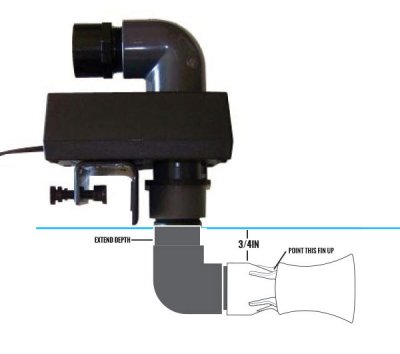Thats crazy.....You will rarely have to change those last two mixed DI units.....
I run Sed-Carbon-Carbon-RO-RO-DI-DI and I'll lose 2 inches of mixed DI in a month.
And yes, Rox 0.8.
I reduced my changes from every 2 weeks to once a month switching from black diamond to Rox .08
I run Sed-Carbon-Carbon-RO-RO-DI-DI and I'll lose 2 inches of mixed DI in a month.
And yes, Rox 0.8.
I reduced my changes from every 2 weeks to once a month switching from black diamond to Rox .08



















